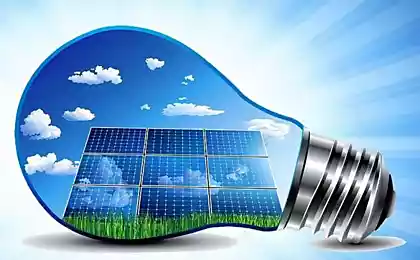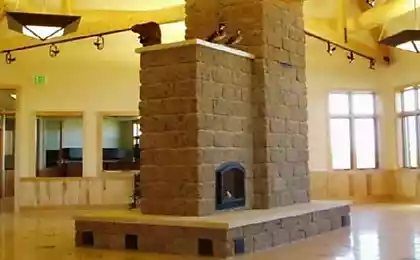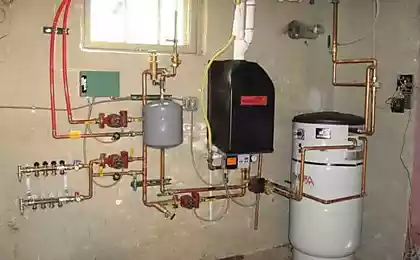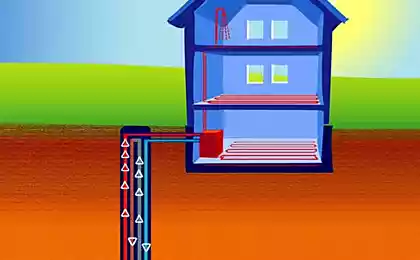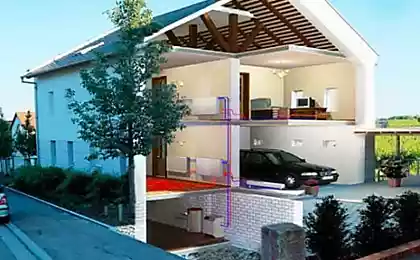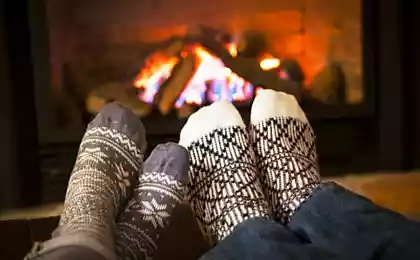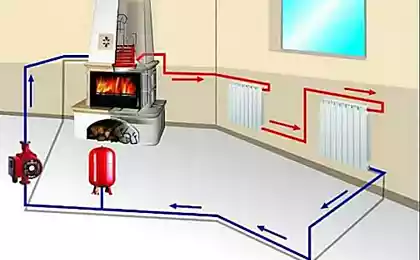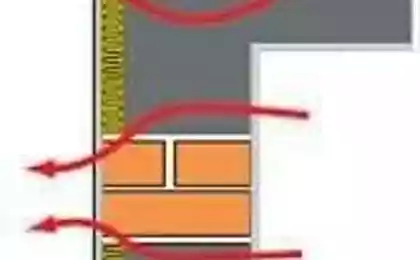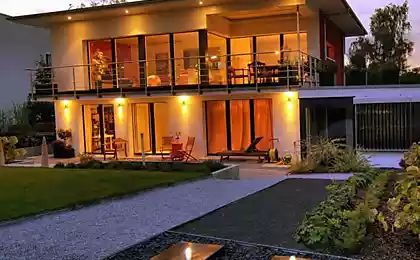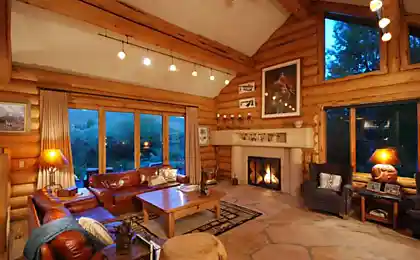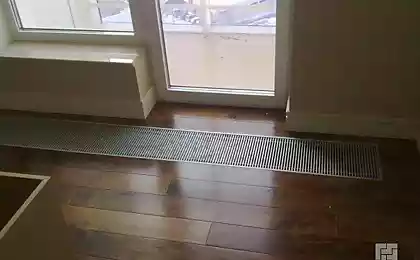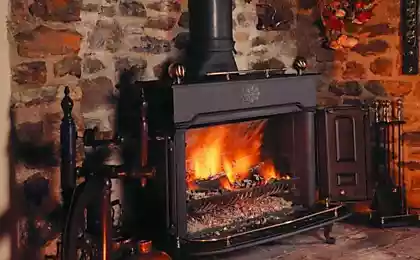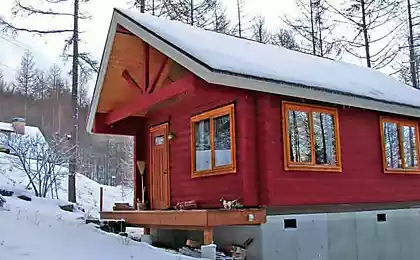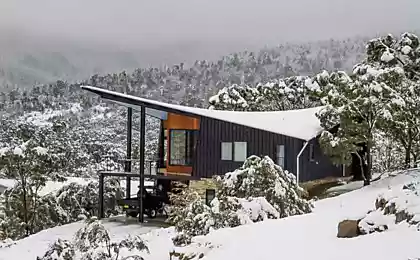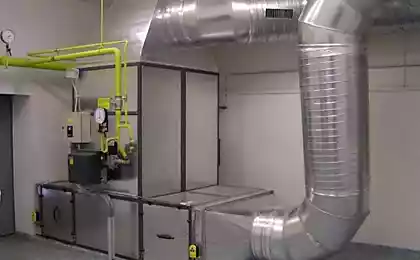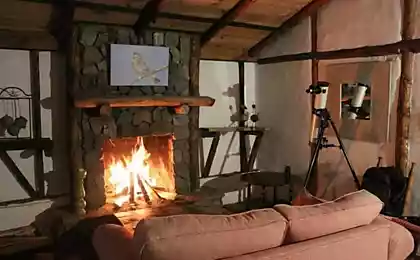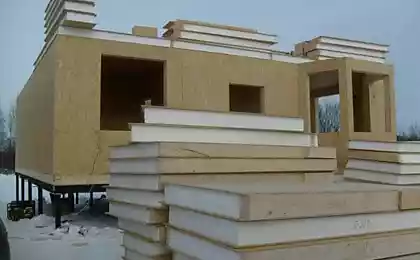439
7 useful tips - save on heating the house
Quality thermal insulation is a profitable investment, which on average pay off in 2-3 years and in the future work to preserve the budget. Good thermal insulation materials can save not only from the cold, but also from the heat, allowing you to save, or even completely abandon air conditioning, saving a significant part of electricity. How to choose the right materials and save on installation? We offer you some useful advice.
Advice #1: choose modern thermal insulation materials
Today’s technologies in the field of thermal insulation can significantly reduce energy costs and save the home budget. Modern insulation saves the cost of building materials and facilitates the design of the entire building. For example, brickwork with a thickness of 380 mm with stone wool as insulation for a two-storey house (9x12) can replace masonry of three bricks with a thickness of 770 mm. This will save 20 square meters of additional housing area and significantly ease the load on the foundation. Modern insulation is characterized by a long service life, corresponding to the service life of the building itself, which will eliminate the cost of replacing materials. For example, some insulating stone wool slabs last at least 100 years.
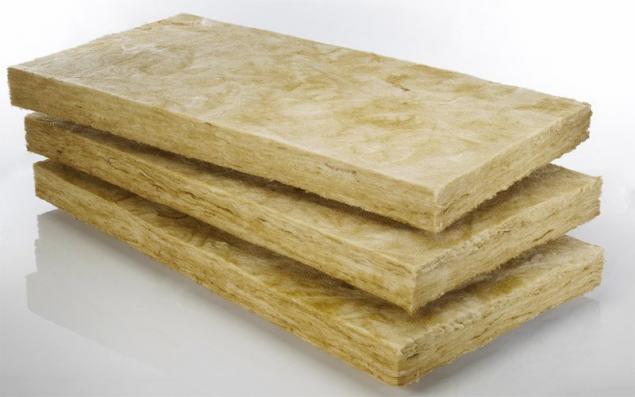
Advice No. 2: consider the specialization and appointment of heaters
This will ensure the efficiency of thermal insulation and a long service life of materials and construction. For insulation of frame structures (walls, pitched roof, floors on lags), the thermal insulation layer of which does not experience strong loads, light plates will suit. Accurately adjust the dimensions, facilitate installation and eliminate the “cold bridges” will allow plates with a flexed (compressible) edge, which are inserted between the guides and fit tightly to them. For insulation of concrete floors and flat roofs, it is better to use rigid plates ready for serious loads. For ventilated facades, resistance to wind and vertical shrinkage is important, and for insulation of walls under the plaster facade, resistance to loads “on the breakaway” is needed.
170244
Tip #3: Bet on Energy Efficient Materials
For the middle strip of Russia, brickwork with a thickness of 1.5 meters is permissible. But, using in this design stone wool thickness of 150-200 mm, you can reduce the thickness of brickwork by about 5 times. At the same time, the thermal resistance to the heat transfer of the structure will remain, which will significantly save costs for materials and installation. Energy-efficient insulation reduces heat loss, ensuring rational use of energy to maintain a comfortable temperature in the room. An important indicator of an energy-efficient material is its thermal conductivity (0.039-0.045 W / m * K), which protects against heat loss as much as possible. Energy-efficient houses, saving on heating up to 78.5% per year, are not uncommon in Russia. The most effective and simple way to achieve this is to use an effective thermal insulation material.
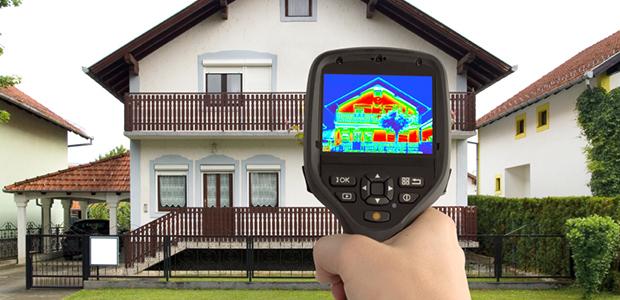
Tip #4: create a continuous insulation circuit around the perimeter of the building
“Cold bridges” are formed mainly at the site of joints of building materials. An important condition for minimizing heat loss is their absence in the enclosing structure. High-quality thermal insulation material and competent installation solve the problem.
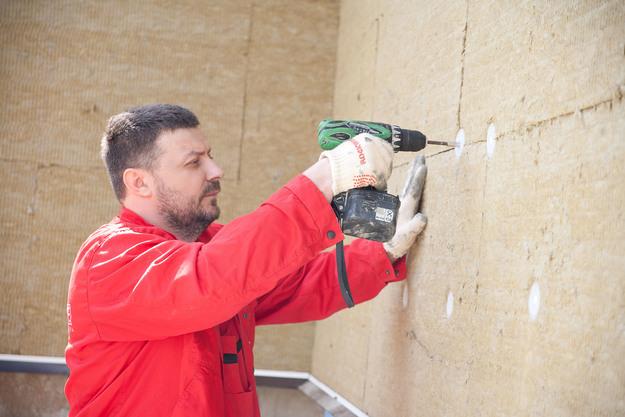
Advice No5: together with the insulation, purchase protective wind, hydro and vapor insulation membranes
For thermal insulation of frame enclosing structures (sloping roof, walls) with an air layer, it is recommended to use a hydro-, wind-protective, vapor permeable membrane from the street side. It protects the insulation from external negative influences (wind, precipitation). And from the side of a warm room it is necessary to apply a vapor insulation layer, which will prevent the penetration of moisture from the air into the thermal insulation. Thus, keeping the entire structure in a dry state.
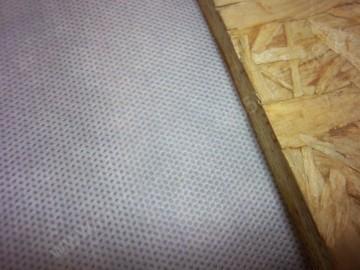
Advice No. 6: pay attention to the compact packaging of insulation
The smaller the packaging, the easier and cheaper the transportation. Modern insulation is subjected to compression (for example, Rockwool Light Butts Scandic – up to 70%). Their volume is reduced to three times. After opening the package, they quickly restore shape. Some companies offer two options for packaging size – for freight and for passenger transport.
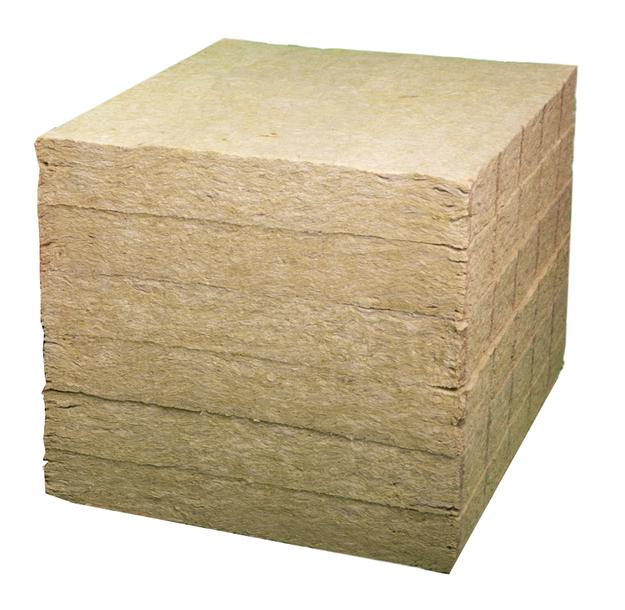
Advice No7: ensure environmental safety of housing with natural insulation
Thermal insulation materials should not only be effective and durable, but also safe for human health. For example, the same stone wool made of basalt rock has an international eco-safety mark. Due to its non-combustibility, it will also protect structures in case of fire.
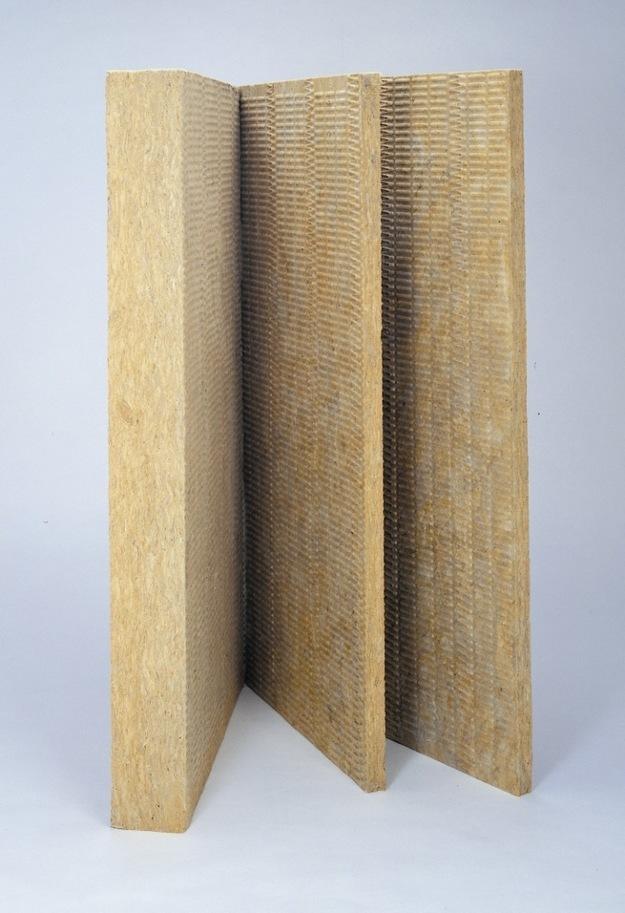
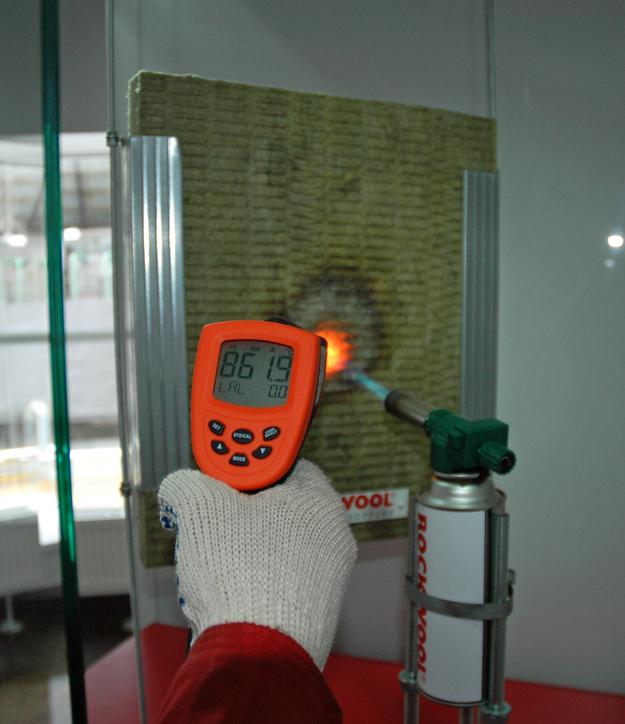
published
P.S. And remember, just changing our consumption – together we change the world!
Join us on Facebook, VKontakte, Odnoklassniki
Source: www.inmyroom.ru/posts/11221-teploizolyatsiya-dlya-ekonomnyh-7-poleznyh-sovetov
Advice #1: choose modern thermal insulation materials
Today’s technologies in the field of thermal insulation can significantly reduce energy costs and save the home budget. Modern insulation saves the cost of building materials and facilitates the design of the entire building. For example, brickwork with a thickness of 380 mm with stone wool as insulation for a two-storey house (9x12) can replace masonry of three bricks with a thickness of 770 mm. This will save 20 square meters of additional housing area and significantly ease the load on the foundation. Modern insulation is characterized by a long service life, corresponding to the service life of the building itself, which will eliminate the cost of replacing materials. For example, some insulating stone wool slabs last at least 100 years.

Advice No. 2: consider the specialization and appointment of heaters
This will ensure the efficiency of thermal insulation and a long service life of materials and construction. For insulation of frame structures (walls, pitched roof, floors on lags), the thermal insulation layer of which does not experience strong loads, light plates will suit. Accurately adjust the dimensions, facilitate installation and eliminate the “cold bridges” will allow plates with a flexed (compressible) edge, which are inserted between the guides and fit tightly to them. For insulation of concrete floors and flat roofs, it is better to use rigid plates ready for serious loads. For ventilated facades, resistance to wind and vertical shrinkage is important, and for insulation of walls under the plaster facade, resistance to loads “on the breakaway” is needed.
170244
Tip #3: Bet on Energy Efficient Materials
For the middle strip of Russia, brickwork with a thickness of 1.5 meters is permissible. But, using in this design stone wool thickness of 150-200 mm, you can reduce the thickness of brickwork by about 5 times. At the same time, the thermal resistance to the heat transfer of the structure will remain, which will significantly save costs for materials and installation. Energy-efficient insulation reduces heat loss, ensuring rational use of energy to maintain a comfortable temperature in the room. An important indicator of an energy-efficient material is its thermal conductivity (0.039-0.045 W / m * K), which protects against heat loss as much as possible. Energy-efficient houses, saving on heating up to 78.5% per year, are not uncommon in Russia. The most effective and simple way to achieve this is to use an effective thermal insulation material.

Tip #4: create a continuous insulation circuit around the perimeter of the building
“Cold bridges” are formed mainly at the site of joints of building materials. An important condition for minimizing heat loss is their absence in the enclosing structure. High-quality thermal insulation material and competent installation solve the problem.

Advice No5: together with the insulation, purchase protective wind, hydro and vapor insulation membranes
For thermal insulation of frame enclosing structures (sloping roof, walls) with an air layer, it is recommended to use a hydro-, wind-protective, vapor permeable membrane from the street side. It protects the insulation from external negative influences (wind, precipitation). And from the side of a warm room it is necessary to apply a vapor insulation layer, which will prevent the penetration of moisture from the air into the thermal insulation. Thus, keeping the entire structure in a dry state.

Advice No. 6: pay attention to the compact packaging of insulation
The smaller the packaging, the easier and cheaper the transportation. Modern insulation is subjected to compression (for example, Rockwool Light Butts Scandic – up to 70%). Their volume is reduced to three times. After opening the package, they quickly restore shape. Some companies offer two options for packaging size – for freight and for passenger transport.

Advice No7: ensure environmental safety of housing with natural insulation
Thermal insulation materials should not only be effective and durable, but also safe for human health. For example, the same stone wool made of basalt rock has an international eco-safety mark. Due to its non-combustibility, it will also protect structures in case of fire.


published
P.S. And remember, just changing our consumption – together we change the world!
Join us on Facebook, VKontakte, Odnoklassniki
Source: www.inmyroom.ru/posts/11221-teploizolyatsiya-dlya-ekonomnyh-7-poleznyh-sovetov
18 cats who need Your attention when You read
The Tibetan effective method for the treatment of angina
